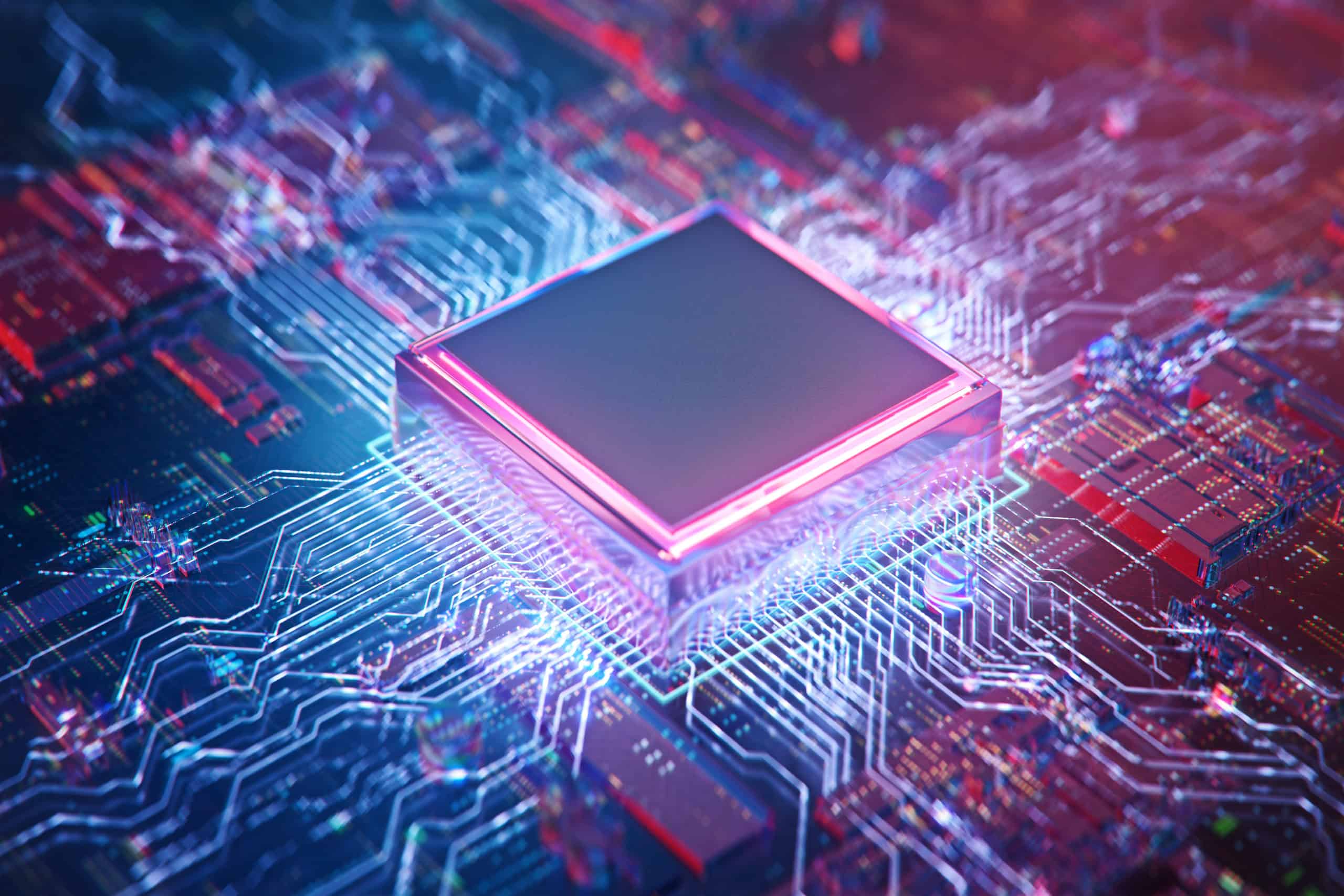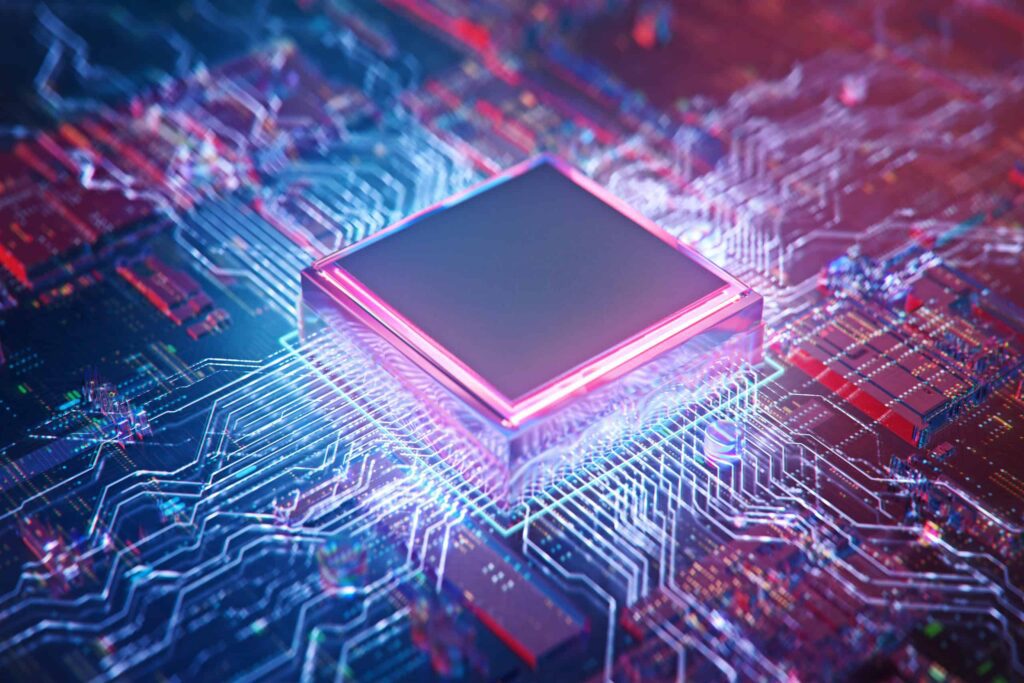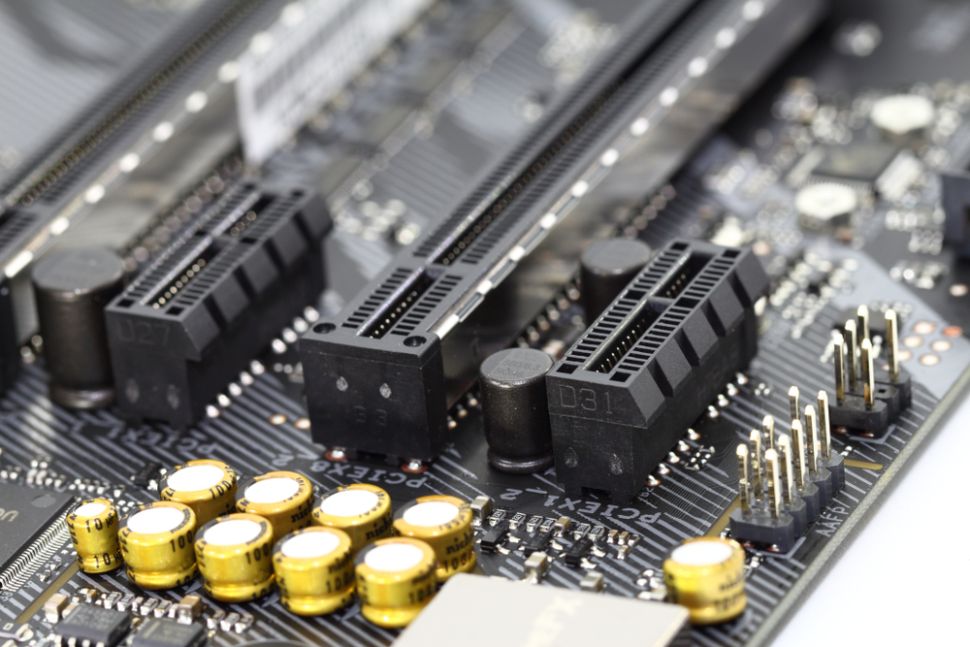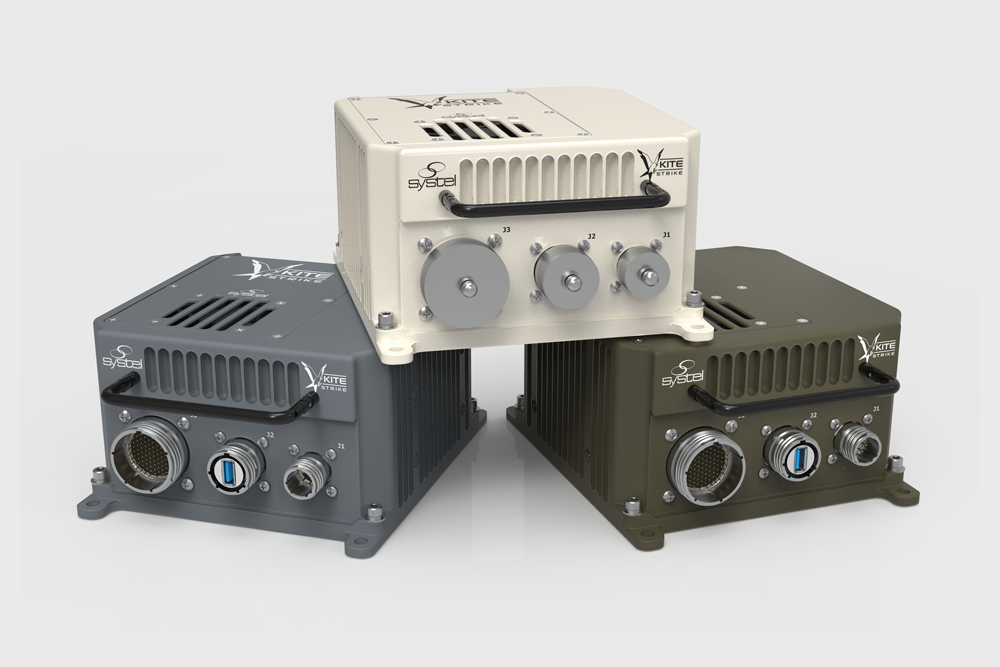CPU vs. GPU: The Paradigm Shift

Today’s high-performance military computer systems rely increasingly on the graphics processing unit (GPU) to perform complex tasks.
GPUs have taken on many of the tasks traditionally entrusted to central processing units (CPUs), and their ability to handle and process large amounts of data has made them an important tool in the drive for increased networking and data-sharing, especially in the military domain. They are also key enablers when it comes to the growth of areas such as artificial intelligence (AI).
But what is the difference between a CPU and GPU?
CPUs are ideal at performing sequential tasks very quickly, but it struggles with parallel processing across a wide range of tasks. By contrast, the GPU comprises a large array of relatively slow processors, but they can work in parallel, in turn allowing the processing of huge amounts of data.
This has particular application in the defense sector, which is increasingly characterized by many channels of streaming video and other data sources, particularly networked platforms that contribute to multi-domain level dissemination of command and intelligence information.

Photo credit: Connect world – stock.adobe.com
Military use of GPU technology
Not so long ago military computer systems did not feature GPUs, and instead relied on the CPU to perform all processing tasks.
The result was limitations on the level of networking possible. The meteoric rise of the use of video streaming in the battlespace led to an overload on the CPU-only computer, leading to the addition of GPUs to handle the imagery data that began arriving in ever-growing amounts. The CPU continued to handle some of the tasks, such as recognition.
With more data coming in from more sources, it overloaded the ability of human operators to process information and make rapid and effective decisions. The answer to this challenge has been AI, but this has come with an increasing demand for processing.
Early AI systems continued to use the CPU, but its inability to process in parallel slowed the output. Now, it is powerful GPUs – which can divide tasks among a number of processors – that are used to process and fuse data in real time from numerous sensors and host AI and machine learning (ML) algorithms, and if required create visual graphics for users.
Indeed, in some computers the GPU is not employed for any graphics processing at all.
However, a GPU cannot operate alone: it needs a CPU to manage its operations.
As a consequence, today’s systems employ both a CPU and GPU together, with the CPU passing data from the peripheral cards to the GPU for processing. The addition of the GPU has provided software developers with access to enormous computing power that wasn’t available before.
Modern systems
For battlefield applications a computer or server needs to operate reliably and securely in harsh climatic, dynamic and electromagnetic environments, and within strict size, weight and power (SWaP) constraints.
It has to provide the levels of performance required to handle large amounts of data input to support advanced networking, and it has to be able to host complex AI algorithms. To achieve this, only a CPU/GPU combination can suffice.
Systel’s advanced ruggedized computers routinely feature high-performance CPUs and GPUs. We currently offer the latest 3rd gen Intel Xeon SP processor lineup along with NVIDIA Ampere GPU products and can configure our rugged rackmount servers with up to multiple CPUs and GPUs, with numerous options in CPU/GPU type, generation, and class.
Taking the CPU/GPU concept a step further is the introduction of the system-on-module (SOM). In this arrangement the CPU and GPU are integrated on to the same die, negating the need for any data transfer between the two via PCIe. The system is tightly integrated, and uses a common memory interface.

Related Blog Post - PCIe Gen 4.0 - Opening the Data Floodgates
Read the blog postSystel has developed its Kite-Strike™ embedded computer with SOM technology, based on an Nvidia Jetson AGX Xavier integrated processor. The Xavier SOM provies workstation class-performance, integrating a 512-core/64 Tensor core Volta GPU with an 8-core ARM CPU. Kite-Strike™ is a highly SWaP-optimized, fully rugged embedded computer ideally suited for edge AI and Deep Learning/Machine Learning (DL/ML) mission-critical workloads in austere environments.
Editor’s Note: We are excited and proud to share that Kite-Strike™ was just announced as a Platinum Honoree for the Military and Aerospace Electronics 2021 Innovator Awards in the category of Embedded Computing.

Kite-Strike rugged embedded edge AI mission computer
Another area of development is adding field-programmable gate array (FPGA) accelerator cards, which can work alongside the GPU to pipeline computing tasks.
While there’s still a big part for CPUs to play, the GPU has become the primary vehicle for the explosion in networking, AI and DL/ML functions demanded by the military.
These functions will increasingly dominate the battlespace as greater numbers of autonomous systems are added into the combat mass.
Systel’s products are purpose-built to meet tomorrow’s challenges today. Our team of experts works extremely closely with industry suppliers, and we enjoy strong technology partnerships with companies such as Intel and NVIDIA to ensure we can consistently deliver next-generation technologies and capabilities to our customers.
Let's Talk!
Have questions or want to learn more?
Contact our team and let’s talk!